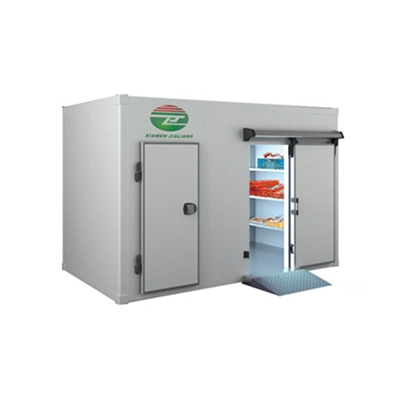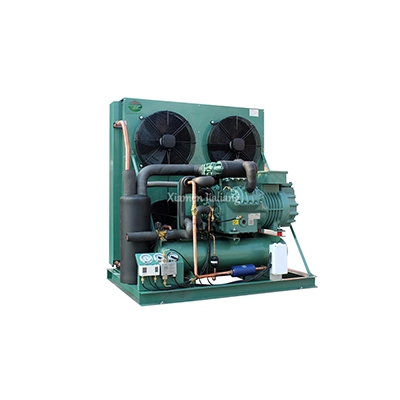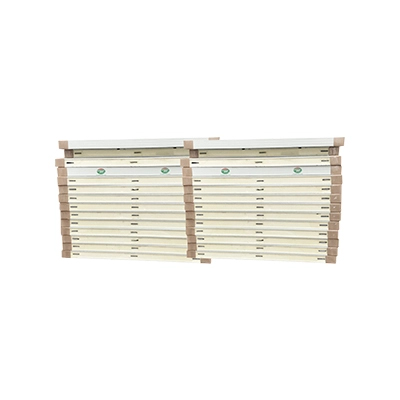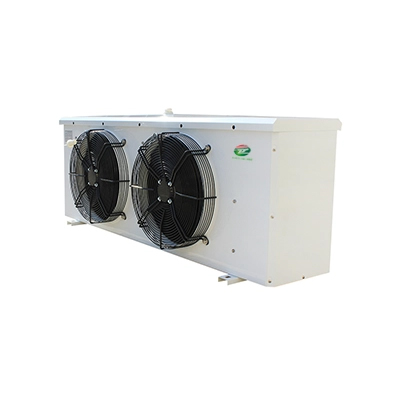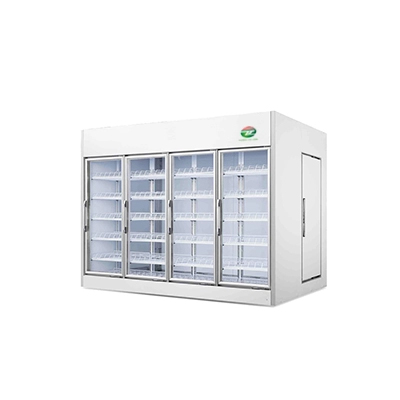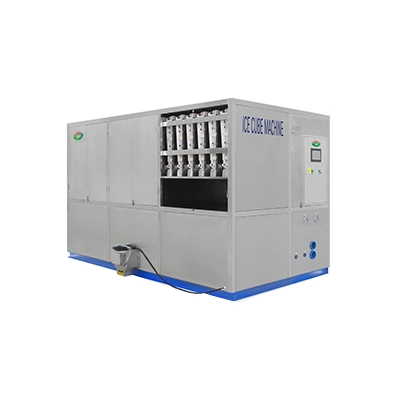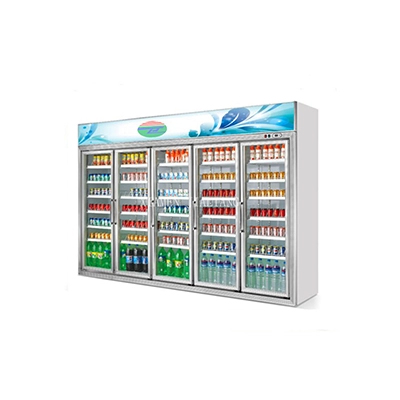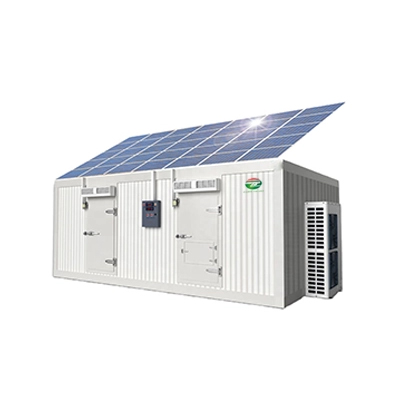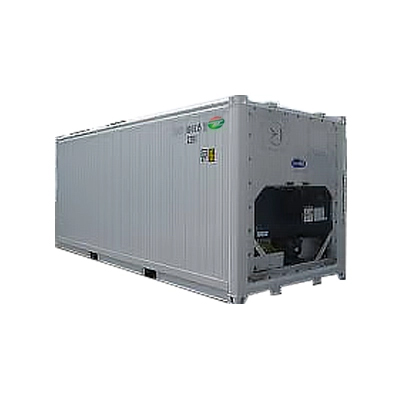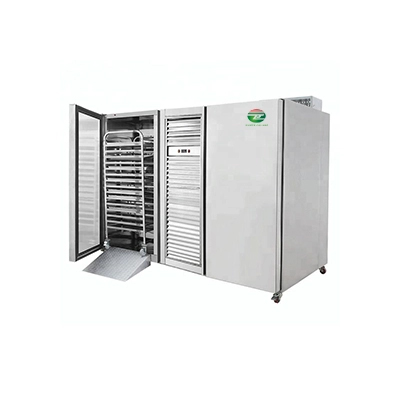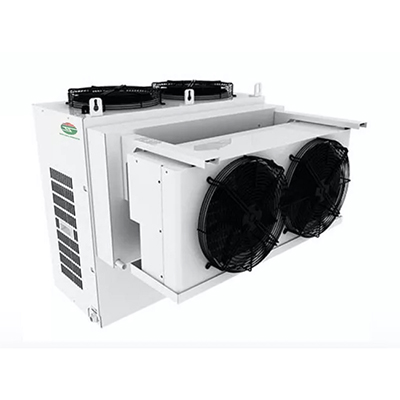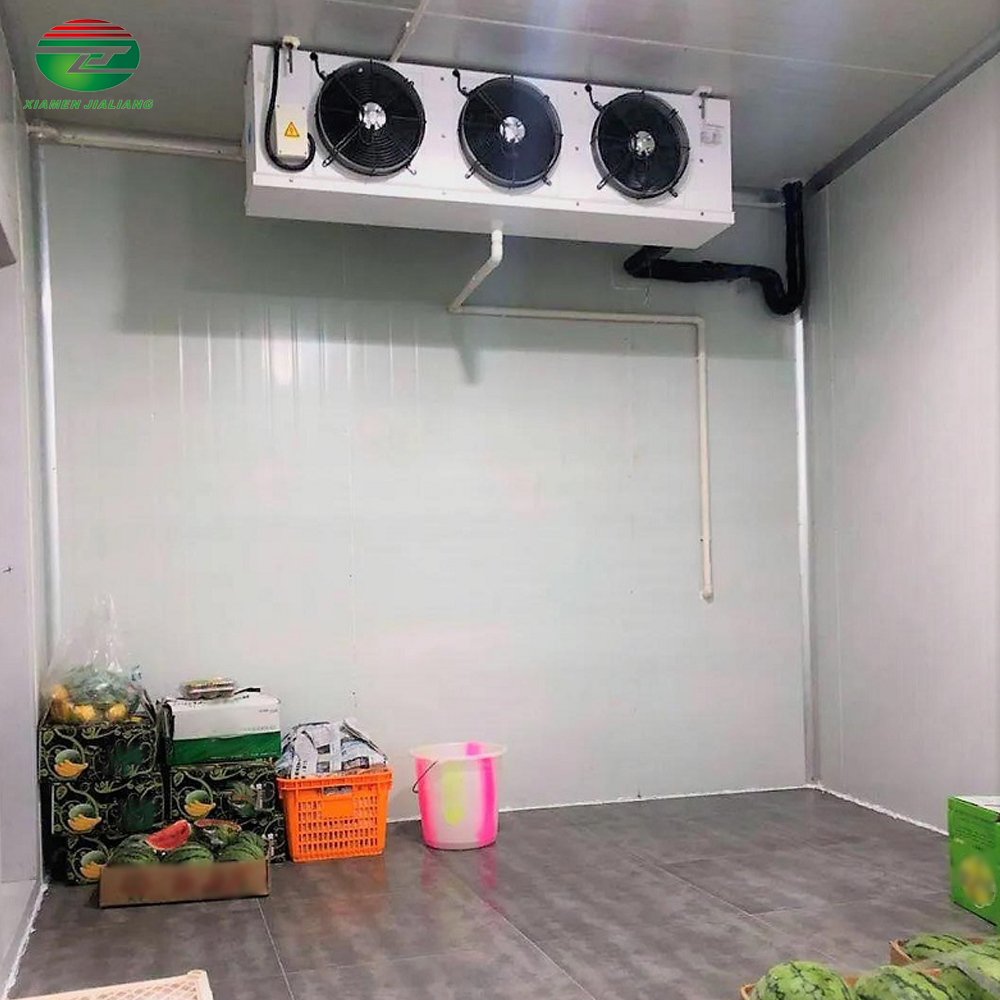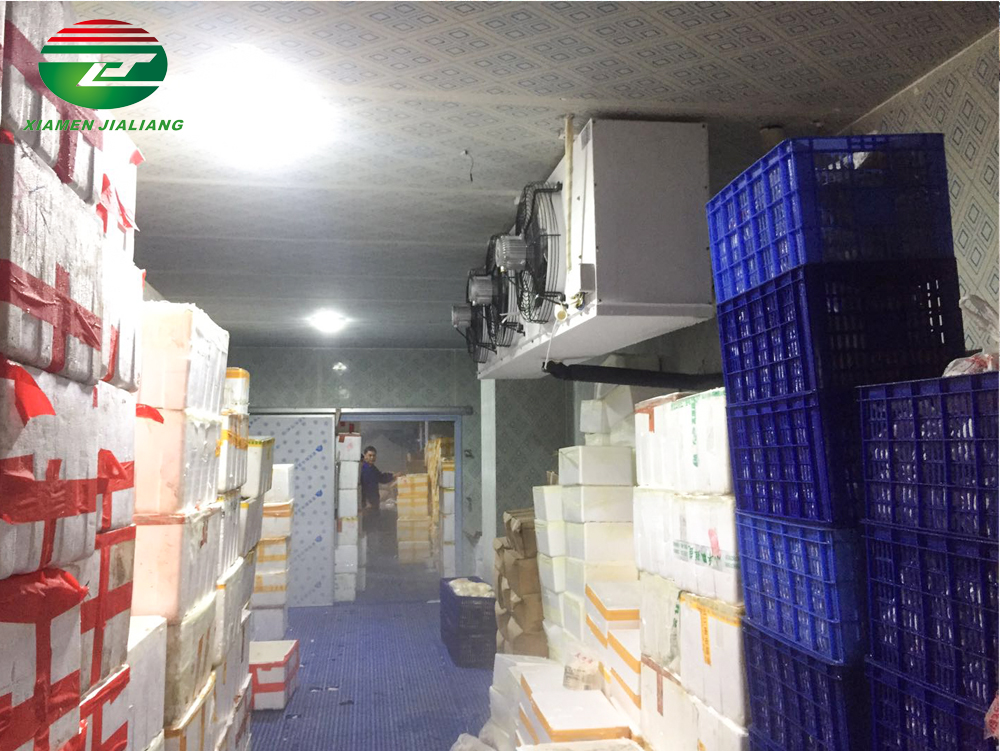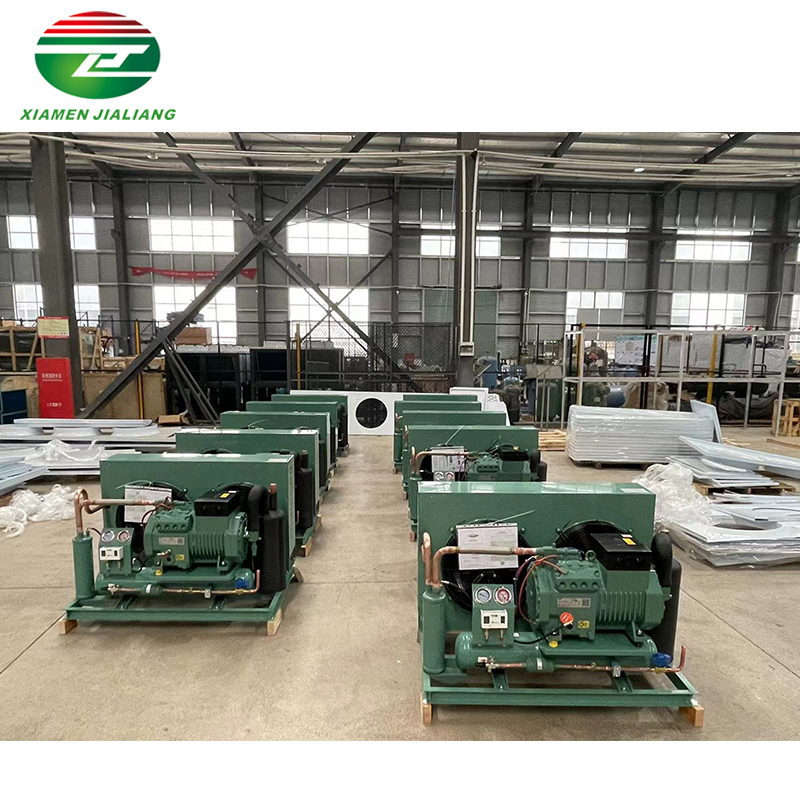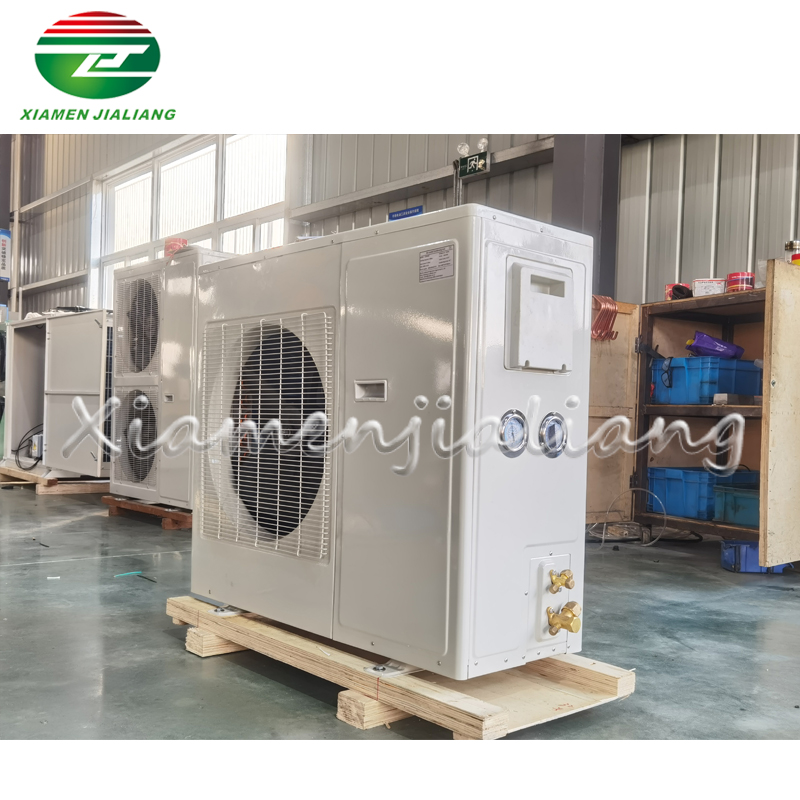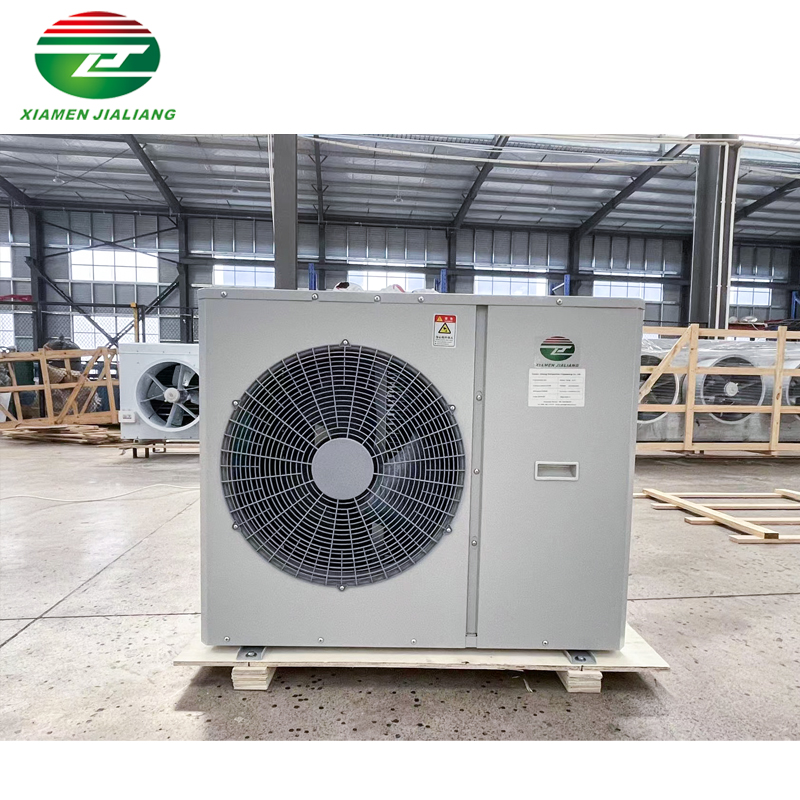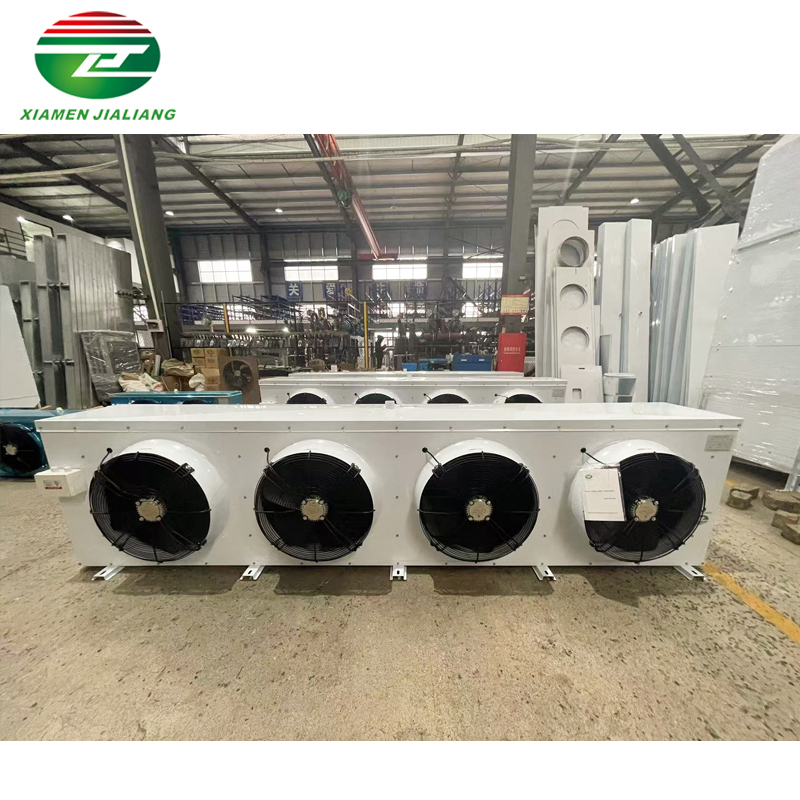The role of fruit refrigeration and preservation methods
fruit cold room is a low-temperature device used for storing and preserving fruits
The role of fruit refrigeration and preservation methods
With the continuous improvement of people's requirements for the freshness of fruits, the use of cold room has solved the problems encountered by many fruit merchants in storing fresh fruits and selling out-of-season fruits.Fruit cold room is a low-temperature equipment used to preserve and store fruits. In this article, we will explore the world of fruit refrigeration, discuss the importance of refrigeration for fruit preservation, understand the temperature and humidity requirements of fruits, and share the precautions for maintaining fruit quality.
The importance of refrigeration for fruit preservation
Refrigeration is one of the main forms of modern storage of fruits and vegetables, which utilizes a lower temperature than the freezing point of fruit and vegetable tissues to preserve the freshness of fruits and vegetables.
1.On the one hand, low-temperature refrigeration can reduce the respiratory metabolism of fruits and vegetables, the incidence of pathogenic bacteria, and the rot rate of fruits, so as to prevent tissue aging
and prolong the storage period of fruits.
2. This also allows various fruits to be stored in seasons with higher temperatures, prolonging the time for fruit to be on the market and even supplying them out of season, while still ensuring the high-quality supply of fruits.
3. On the other hand, refrigeration technology breaks the regional restrictions of fruits, enabling the free circulation of various types of fruits globally, allowing us to taste specialty fruits from all over the country and even different regions of the world without leaving home.
Differences in Temperature and Humidity Requirements of Different Fruits
Due to their different characteristics, different types of fruits require different storage temperatures. We can roughly divide fruits into tropical fruits, subtropical fruits and temperate fruits.
For tropical fruits such as coconuts, mangoes, bananas, pineapples, etc., due to their poor cold resistance, the most suitable temperature for storage in the refrigerator is between 7-15°C. If the temperature is too low, it will "freezer" the fruit, causing dark brown spots on their skin. This will not only lose nutrients, but also easily deteriorate.For subtropical fruits such as grapes, cherries, dragon fruit, and tangerines, 0-5°C is the most suitable refrigeration temperature. For temperate fruits such as apples, pears, and cantaloupe, the best fresh-keeping effect can be exerted at around 0°C.
Humidity is equally important when storing fruit. For fruits, the humidity standard of the cold storage is between 70% and 85%, but it should be adjusted according to the type of refrigerated fruit and the storage period to ensure the quality of the fruit. According to the difference in humidity required by different fruits, the humidification of the cold storage can be achieved by artificially sprinkling water in the cold storage or using a humidifier.
Precautions for maintaining fruit quality during the use of cold room
1. Cold room requires regular maintenance. Some vulnerable parts, such as door locks, sealing strips and evaporators, should be replaced in time to ensure the safe operation of the refrigeration system.
2. Pay attention to choose the right temperature. Since different fruits have different low temperature requirements, it is necessary to determine the appropriate temperature according to the cold tolerance of different varieties of fruits when constructing or installing a fruitcold room to ensure the quality of the fruit.
Through the above content sharing about fruit cold storage, we can see the importance of cold storage for all kinds of fruits today. The installation of food cold storage not only prolongs the storage period, but also provides a balanced supply.

